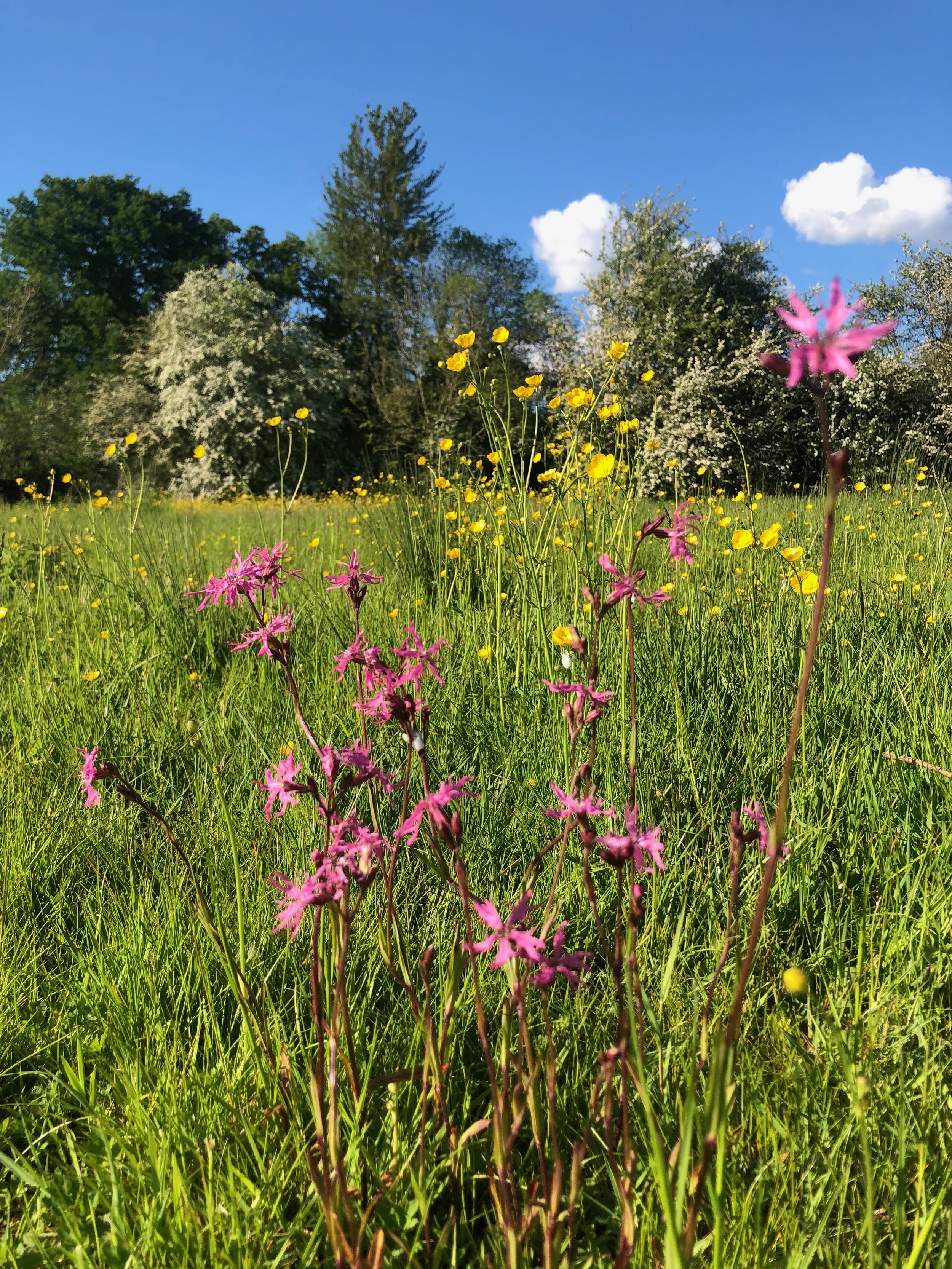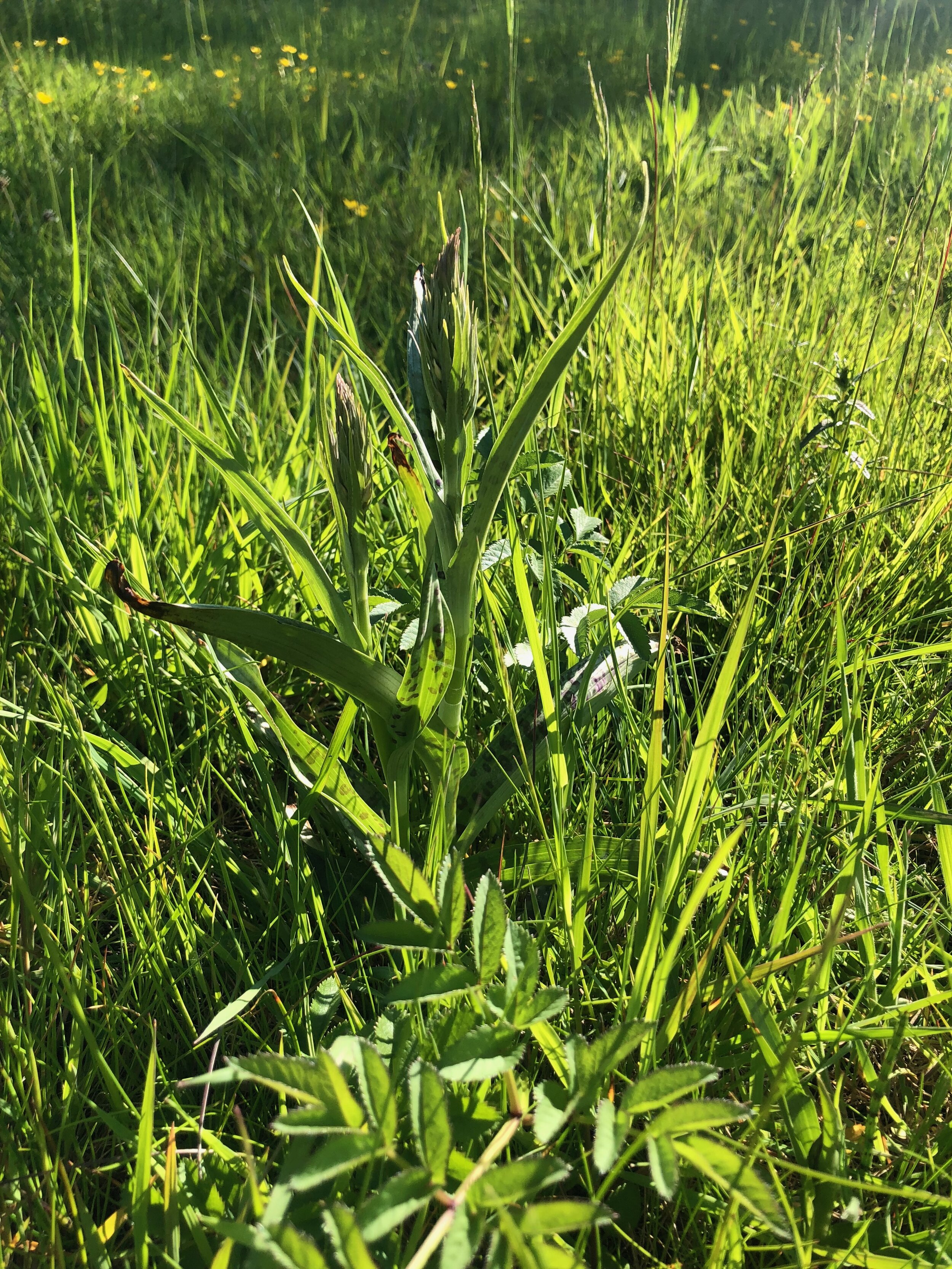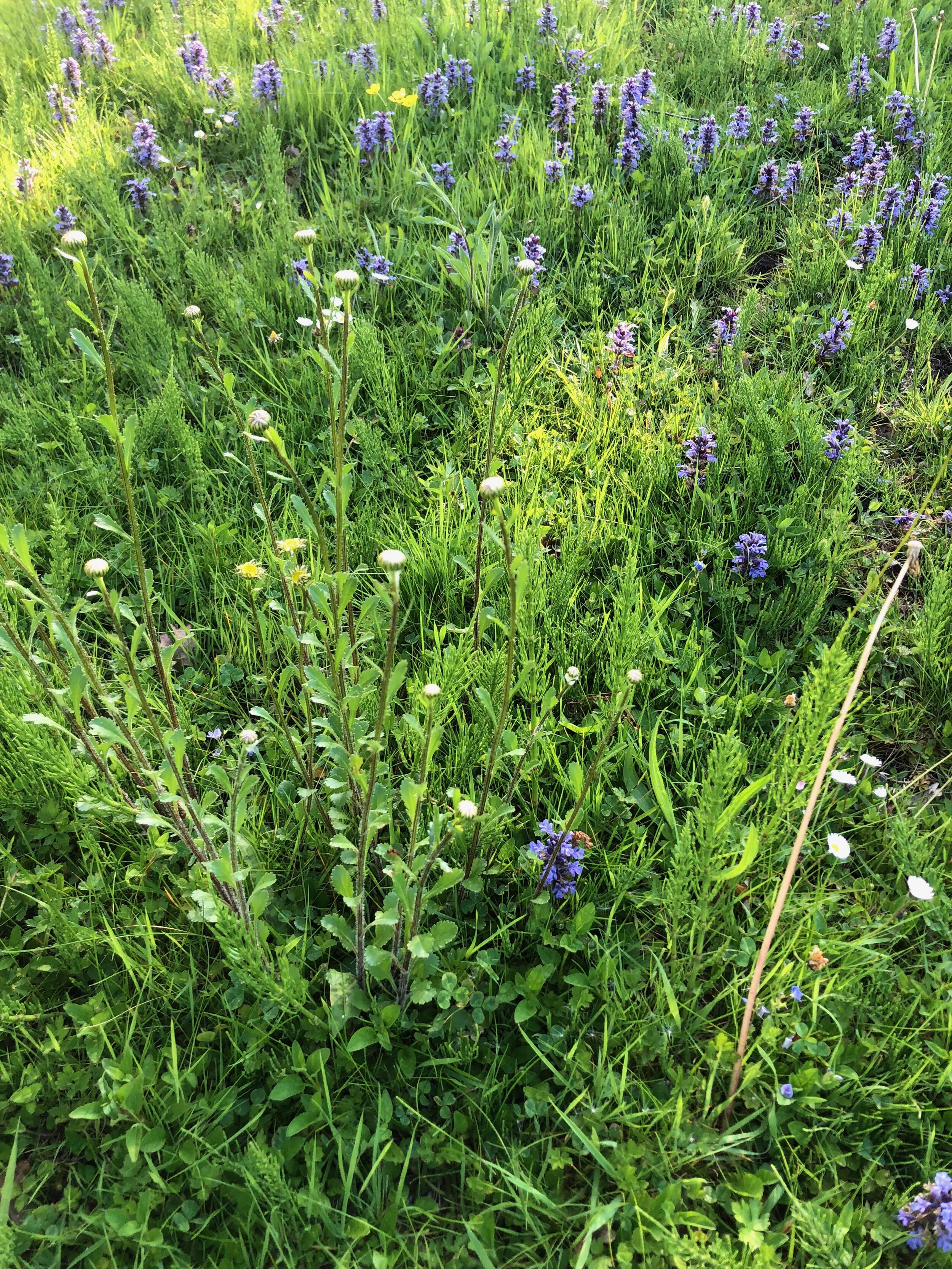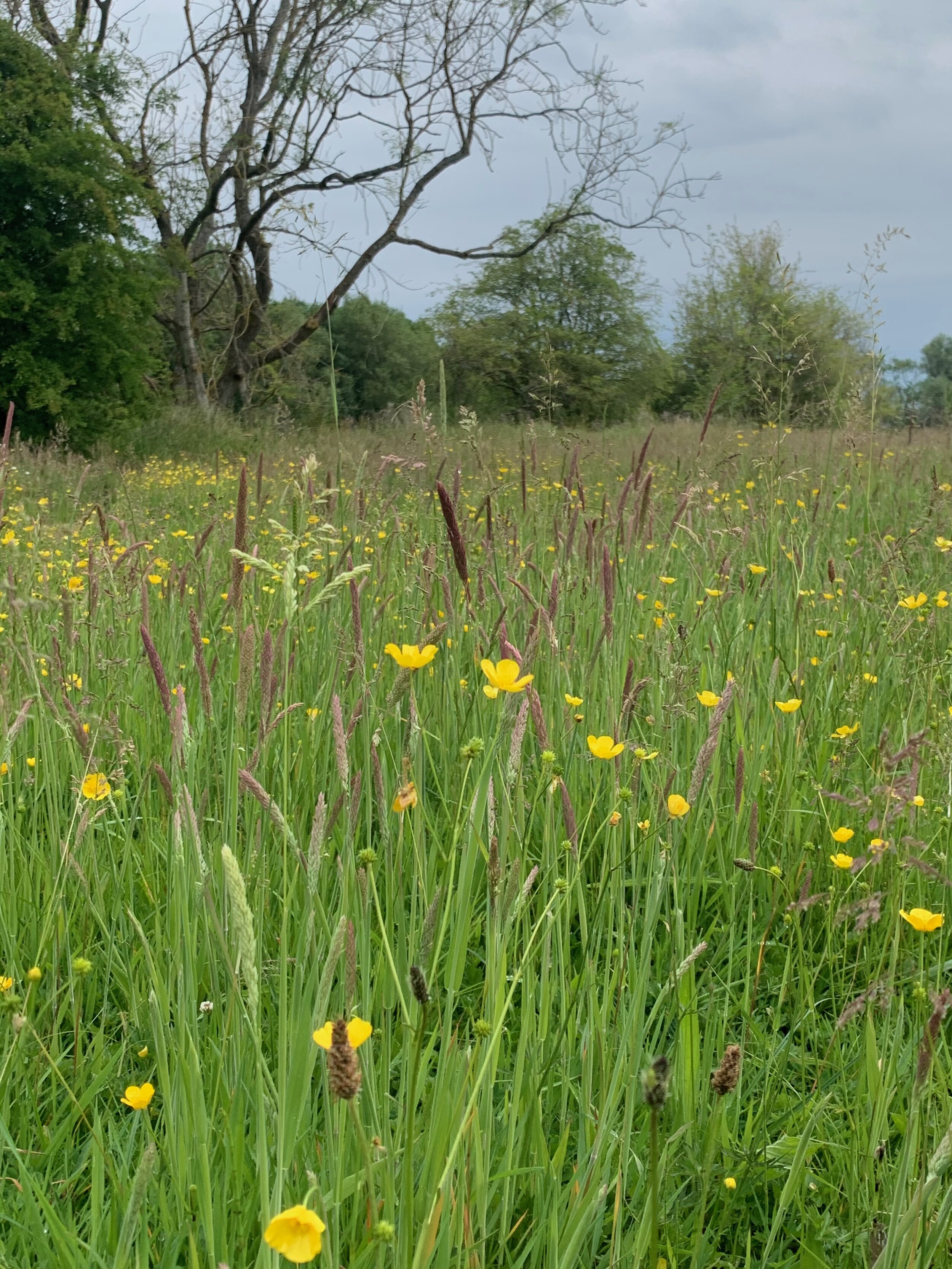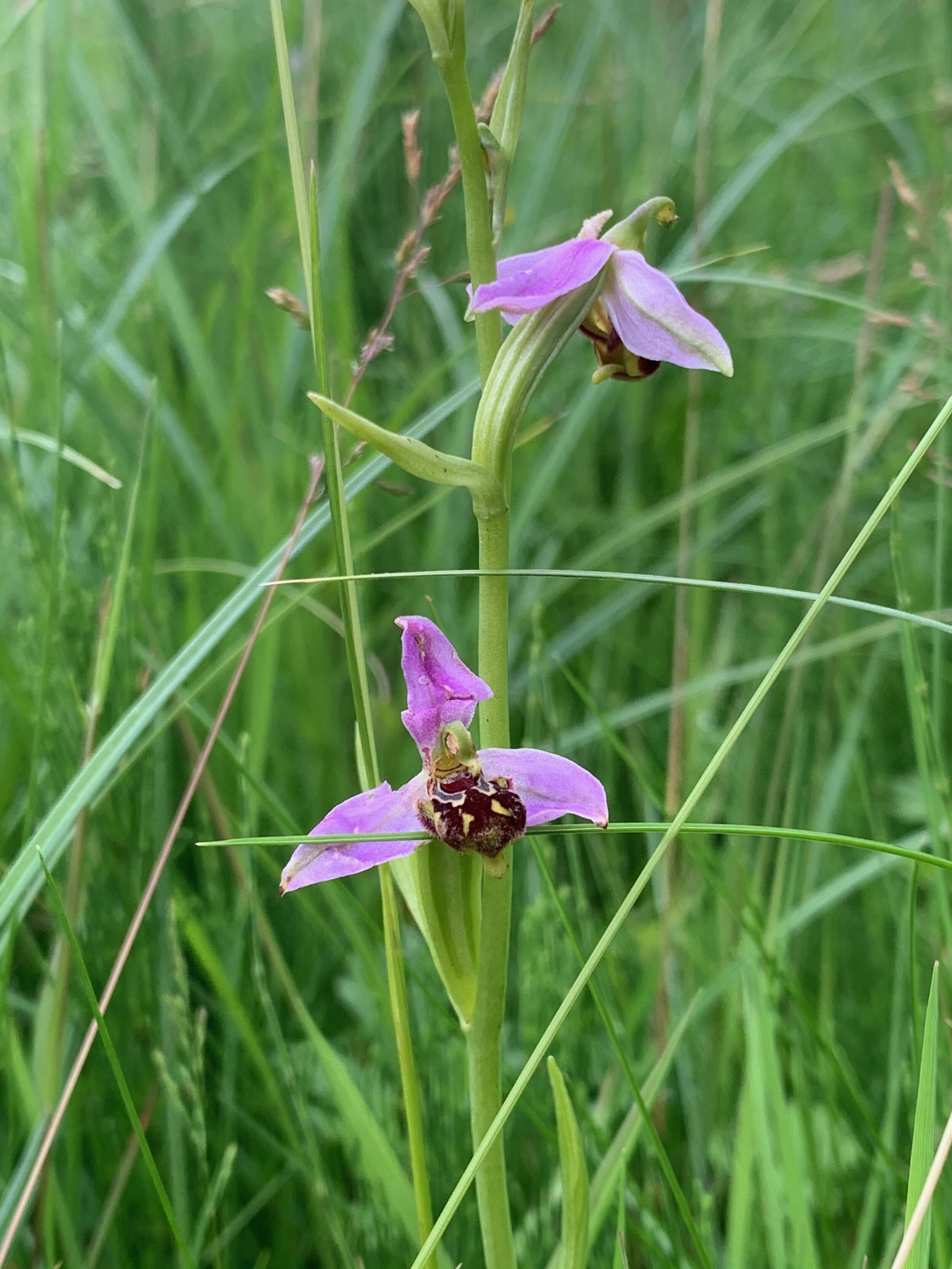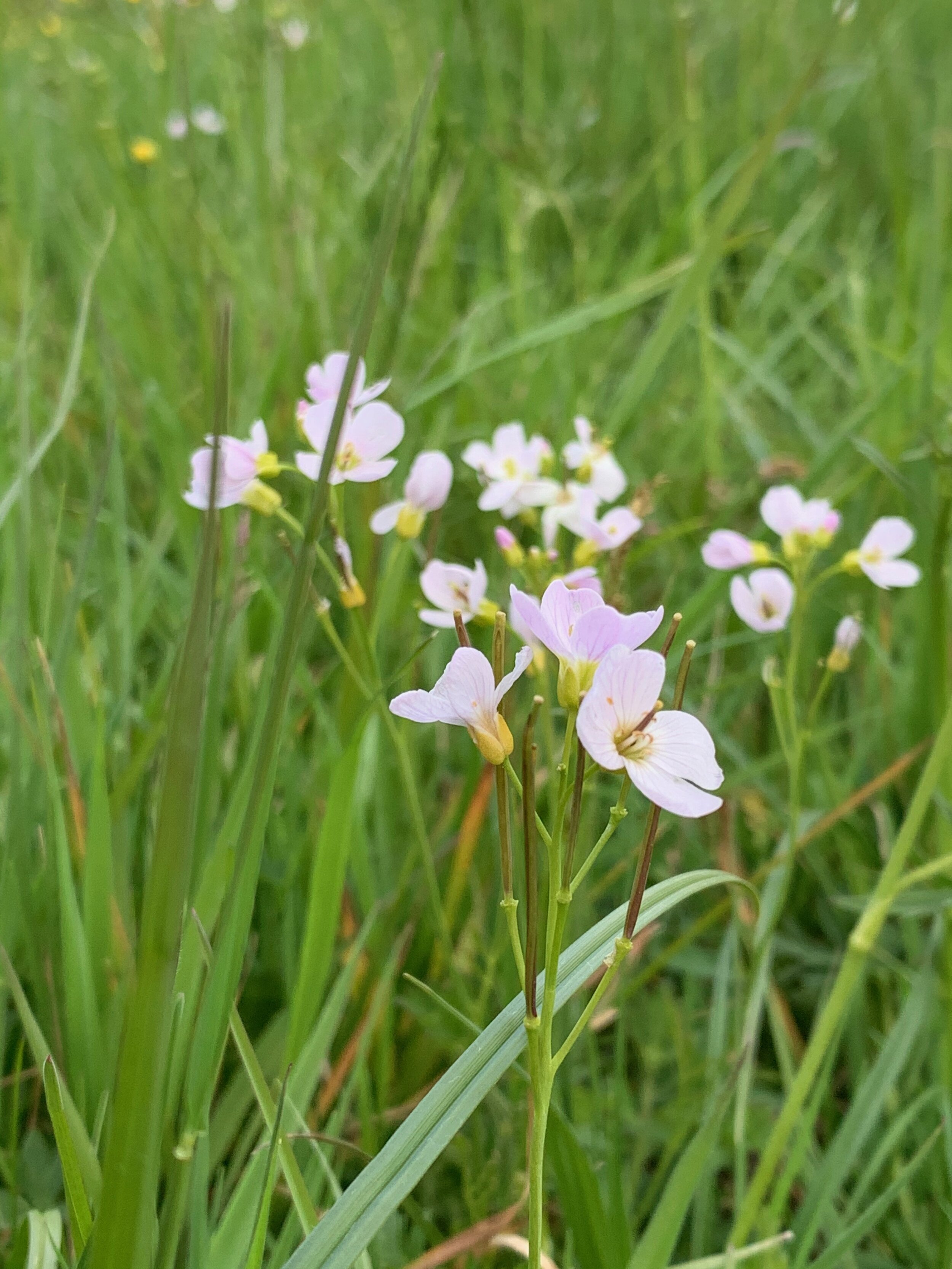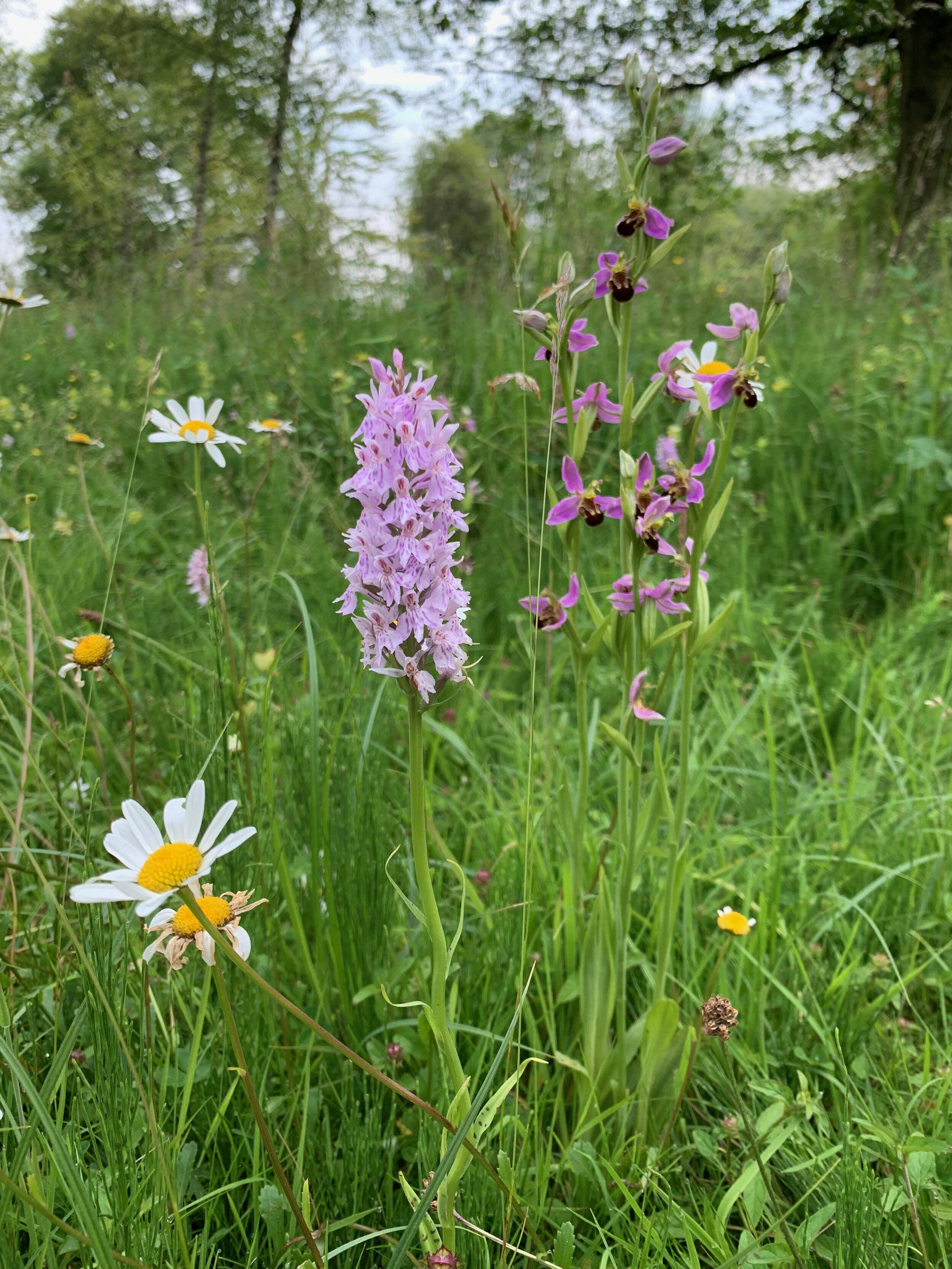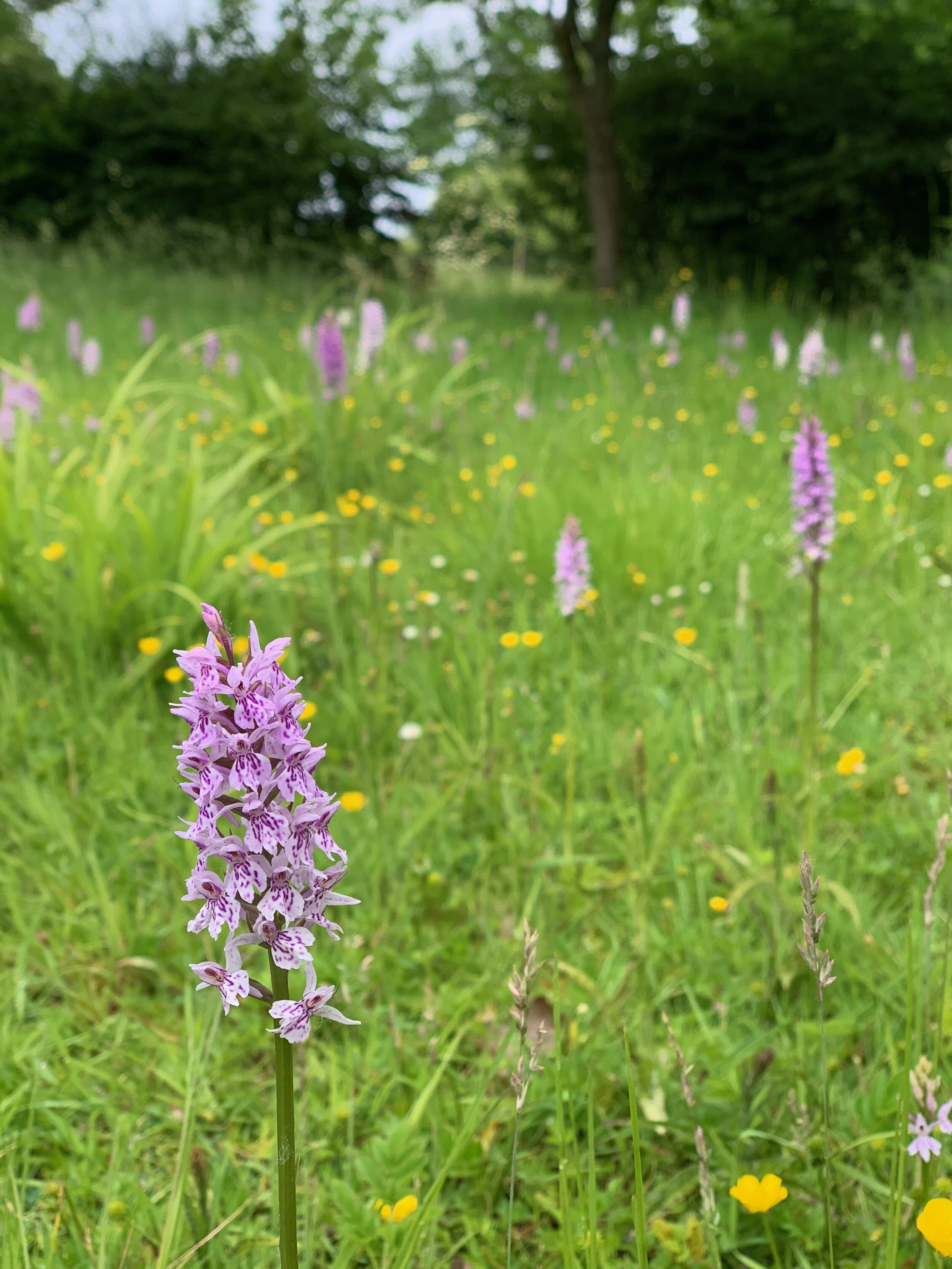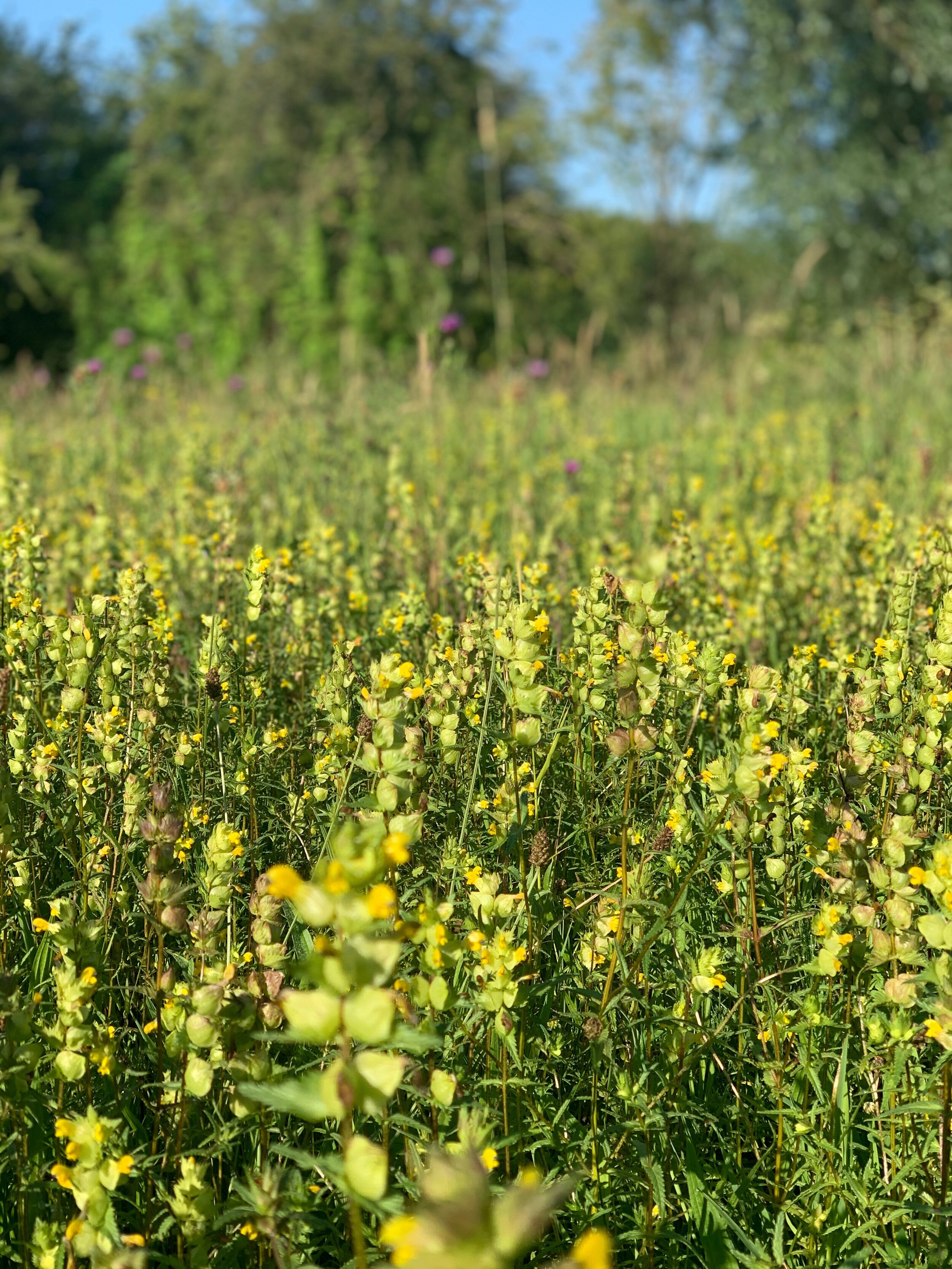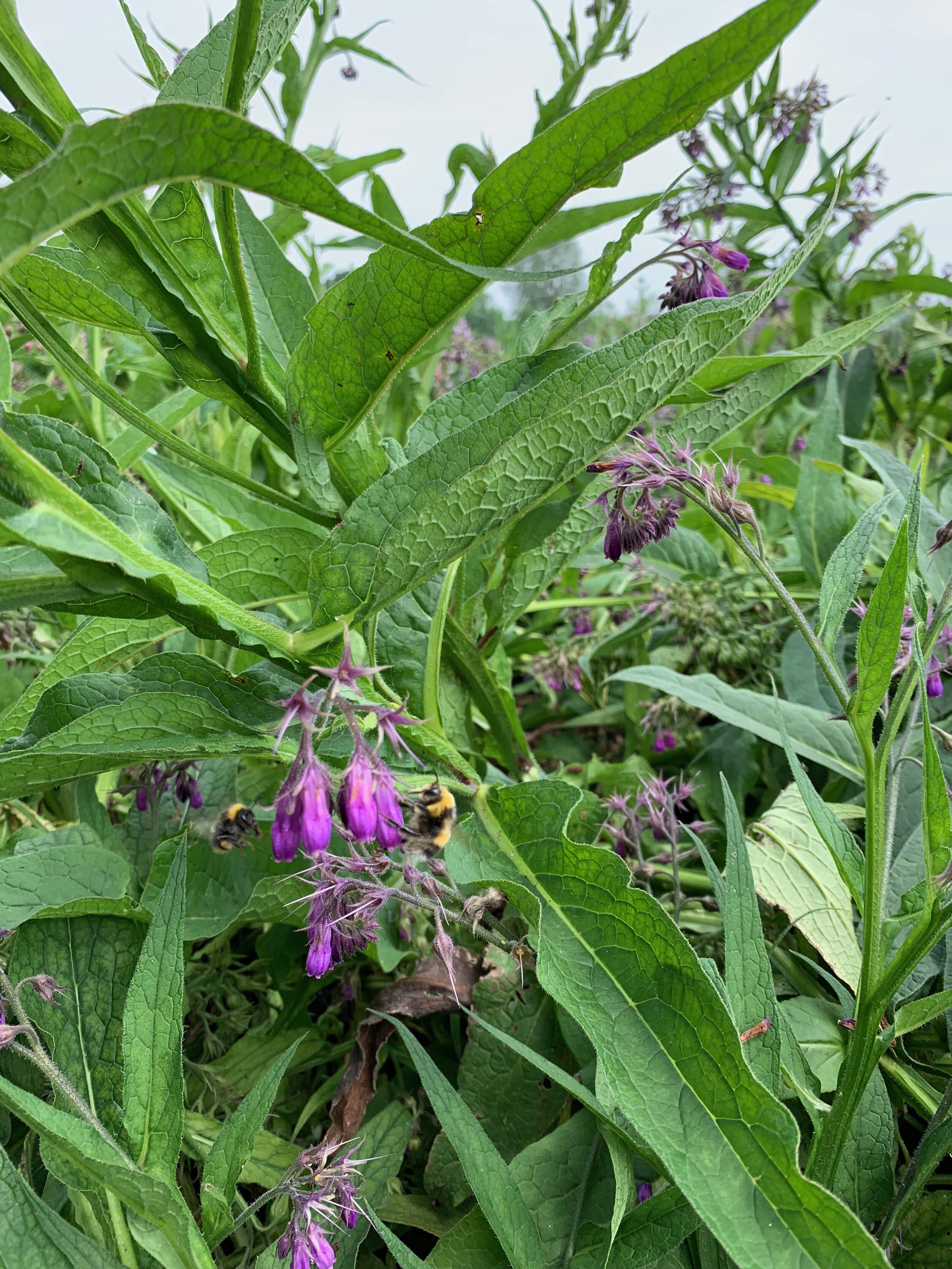In Wonderment of Wildflowers
AT THYME
From the hazy fragrant swathes of delicate flowers and grasses to the birdsong and accompanying buzz, flutter and chirping of insects, a wild flower meadow is a wonderful thing, increasingly rare and threatened, they are definitely worth celebrating.
In one square meter of wild flower meadow the diversity of plants which in turn support the wildlife is astonishing, meadowlands being arguably Britain’s most biodiverse habitat. Ever evolving, each meadow is different, the flora and fauna not only changing through the year but from year to year. Meadowlands may look effortless but actually need careful management with the timing of mowing, haymaking and grazing all influencing their complex tapestry.
It was Dame Miriam Rothschild, the inspired and visionary natural scientist, conservationist and expert on fleas that, in the early 1980’s suggested that road verges should be left un mown to encourage wildflowers. Wonderfully eccentric and passionate, she could often be spotted scattering wild flower seeds on the road verges around her home and Prince Charles asked her to create a seed mix to make a new wild flower meadow at Highgrove.
She mischievously named her meadow mix ‘farmers nightmare” referring to the yellow rattle, a mainstay in meadow seed mixes, also known as the meadow maker, it is the single most important plant when establishing a wild flower meadow. It is a semi-parasitic plant that lock into the roots of the grasses reducing their vigour and allowing the delicate wild flowers to thrive.
Found in vast swathes in our meadows, yellow rattle is named after the colour of its petals and the seed pods that make a distinct rattling when the pods are ripe and ready to shed their seeds. Preceded by a sea of meadow buttercups, ragged robin and lady’s smock, or cuckoo flower, its name is no coincidence as if you stand still and listen carefully you may well hear the cuckoo call.
Southern marsh, common spotted, bee and the diminutive twayblade orchids fill the meadows here in June. They are accompanied by, to name a few, wild sorrel, vetches, vetchling, daisies and devils bit scabious the air is filled by the unforgettable scent of healing river mint. Meadowsweet quietly grows tall and splendid, ready to blossom towards the end of summer. Frothy, creamy white flowers almost shoulder height in places it will fill the air with the heady fragrance of almonds and honey rightfully earning its name as the Queen of the water meadows.
We are thrilled to be celebrating our meadows this summer through an exhibition of pressed botanicals by Jam Jar flowers. Over the past few months they have been spending time here in our meadows carefully selecting botanical specimens for the exhibition. The flowers are wonderfully preserved so that we can take time to look at the detail and admire their graceful and delicate forms.
We are delighted and excited too to be working with Plantlife. Together with our exhibition talks and happening, we celebrate and embrace their mission to encourage a love of wild flowers and of nature and we very much hope you will join us.

